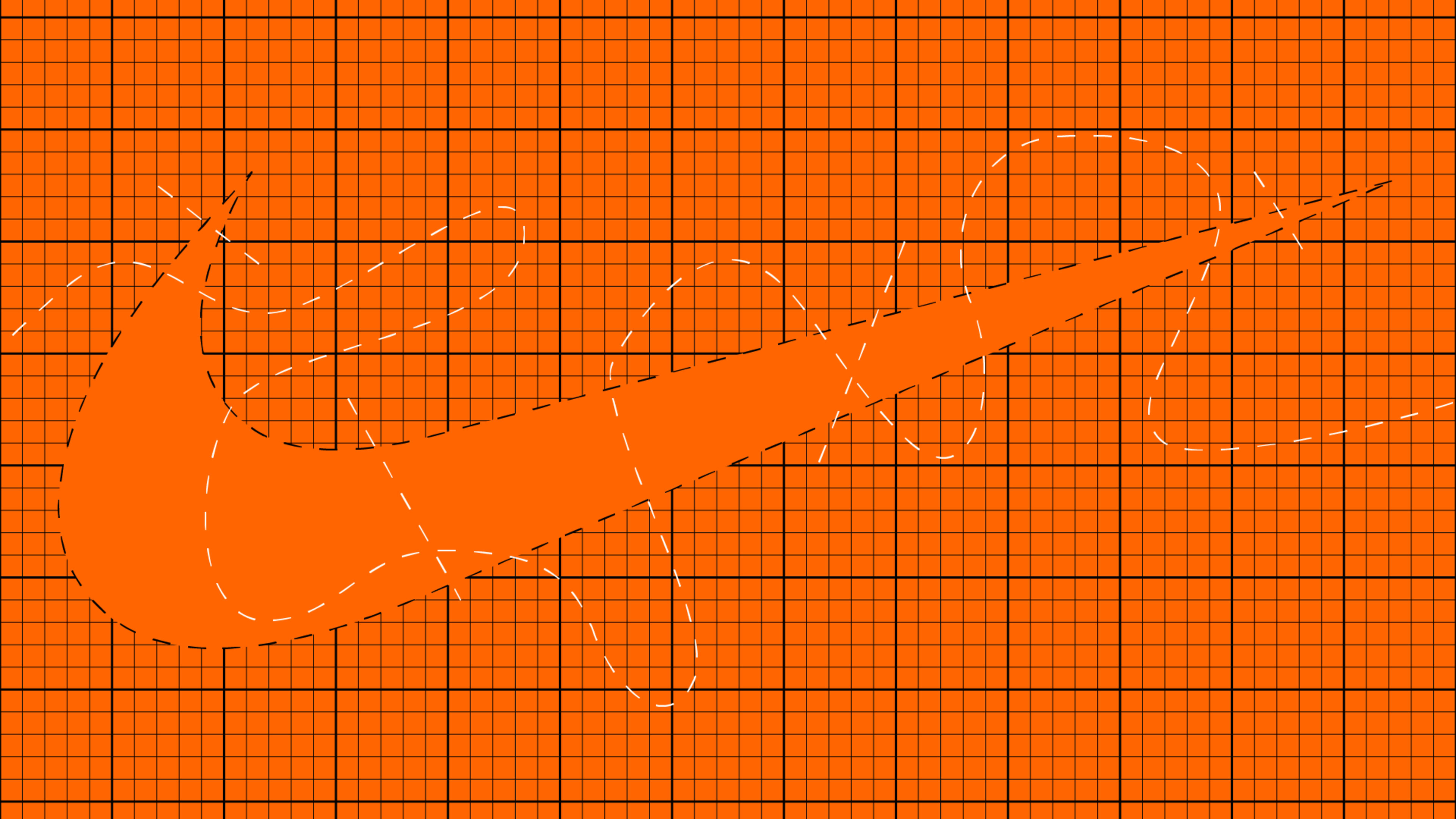This post originally appeared on Medium.
Dear Eugen,
Many years ago, when you were trying to build your portfolio, you thought about redesigning big-brand products to impress others during your interviews. You were just starting your design career, and you did not quite know what you were doing.
Those redesigns you did – I know how much passion and hard work went into them. But every time you went to job interviews, people told you that it wasn’t okay to redesign a big brand’s product without permission. You even read countless articles that explained why it’s wrong. And most of them had some general and repeatable points:
- The images you used weren’t yours;
- The typical use of Helvetica / Proxima Nova;
- The same random and boring layout you stole from others;
- If you take everything out, the only thing you added new is the color red
This criticism came from senior designers that worked for respected brands with many years in the field. Yet now, as a senior designer yourself, you realize that they were wrong (or right only about the technical part). Why? Because they did not explain why the primary reason an unsolicited redesign of a well-known brand is a terrible idea.

You were focused on the wrong thing
The problem was that you were focusing on beauty and other subjective matters. This created an illusion, in your mind, that their product was poorly designed. What you should have focused on, instead, was the actual problem the product had. For example, instead of redesigning Nike’s website, you could have identified what the real usability problem of it was and then suggested a thoughtful solution.
Don’t jump to design straight away. Outline the problem and write about it. A good design begins with words. Then, take the time to think about it. And then write again. Writing about it structures your thinking differently.
Taking time to think means actually taking time to think. Read and study the product. If you set yourself on the road of criticizing someone’s work, you have to know the product better than the company’s CEO knows it. No, this doesn’t mean doing a basic Google search, getting confirmation bias from the first article you read, and proceeding to design.
Try to understand the context of the company. Once you understand that, you should take a step back and see if the problem you want to solve is the real problem. Does it fit in that context? Could you focus on something else that is more valuable for the end user? Could you maybe combine the current problem with another one? These type of questions were missing from your workflow when you were redesigning Nike’s website.
You see, the problem is actually not in the redesign but in the fact that you don’t know how to be a good critic. Yes, I know how much you hated those classes in school. The only question that was in your head at that time was ”Why would I ever need this?” Well, bad news, buddy. You need that now. If you want to redesign something, you have to be able to think like a real critic.
Offering good criticism is a true art and science. To be able to put yourself into and outside of the context that someone else created. To be able to see what the message was or where the person was trying to go–and offer guidance based on that–is mastery.
The reason you were studying those famous critics is mainly to understand that not all people can offer constructive criticism. Few people are able to have an opinion. Some never do. A critic is a person that is able to put her or himself outside of the context of a particular work. They’re able to analyze what the “author” was trying to do and where they were headed, and offer improvements only where needed.
That’s why articles such as “Nobody Asked for Your Redesign ” are wrong and right, too. What they fail to tell you is that if you redesign the product of a famous company, such as Facebook or Uber, you need to know the context first. What went into that final product, what was the goal, what were the steps, who worked on it, how they worked, and so on. Only once you realize that should you offer a suggestion. Doing a complete overhaul of something of that scale is, maybe, not the best idea.
Being a good critic is like eating lemons on a daily basis. You never know when you will get to that orange that tastes good. Good criticism is discouraging and encouraging at the same time. It makes the author angry for missing specific details, but also helps them go back, work harder, and prove you wrong. It’s also one of the most unrewarding jobs, because you’ll never get the credit.
Should you keep doing unsolicited redesigns? Yes and no. That’s why it’s called mastery. You know you’ve achieved it when it sits in the middle of those two sides.
The bad news: You still struggle with it, but you’re much better than you started. Just keep working, whether it’s on a redesign or if you’re creating something out of nothing. Why? Because you need to practice your thinking. Don’t redesign someone else’s product if you don’t know the true context of that original design.
Hayao Miyazaki will give you the best guidance here:
Anyone can act as a critic. But you can’t just criticize for the sake for criticizing; anyone can do that. As a professional, you have to be able to propose alternate ideas right away, or you will have no right to criticize. And you have to able to justify the extra labour (which you will wind up doing) that goes into all of this. When you can do all of these things, you will begin to transform from a person who merely executes what others tell him to do into a true creator –Starting Point (1979–1996)
And you have to realize this – most redesigns are bad because of the thought process behind them, not what they look like visually. Visual representation is a subjective form that can be manipulated easily. But the thought process – that’s where most people fail. To be able to provide good criticism and then redesign the product, you must have a firm foundation of the design basics and critical thinking. You need to choose to master this. After that, you do the work based on that foundation.
Your redesign should be a guided suggestion on how to improve things–not simply an exercise in arrogance and pride by redesigning the entire product visually. See it as a map. You need to show others how you could choose a different, better, and easier path.
Stop asking people if it’s right or wrong to do unsolicited redesigns. You will be better off. Keep working, and we will see each other in the future. Oh yes, and a quick tip here: An alternative to redesigning a brand’s product is to create a product from nothing to full execution (concept, research, prototype, testing): Your thinking and implementation will be different. But please don’t tell anyone.
With regards,
Your future self
Eugen Eşanu designs and thinks at Laroche.co. You can hear him talk design at Laroche.fm or check out his newsletter here. This post originally appeared on his Medium.
Recognize your brand’s excellence by applying to this year’s Brands That Matter Awards before the early-rate deadline, May 3.
